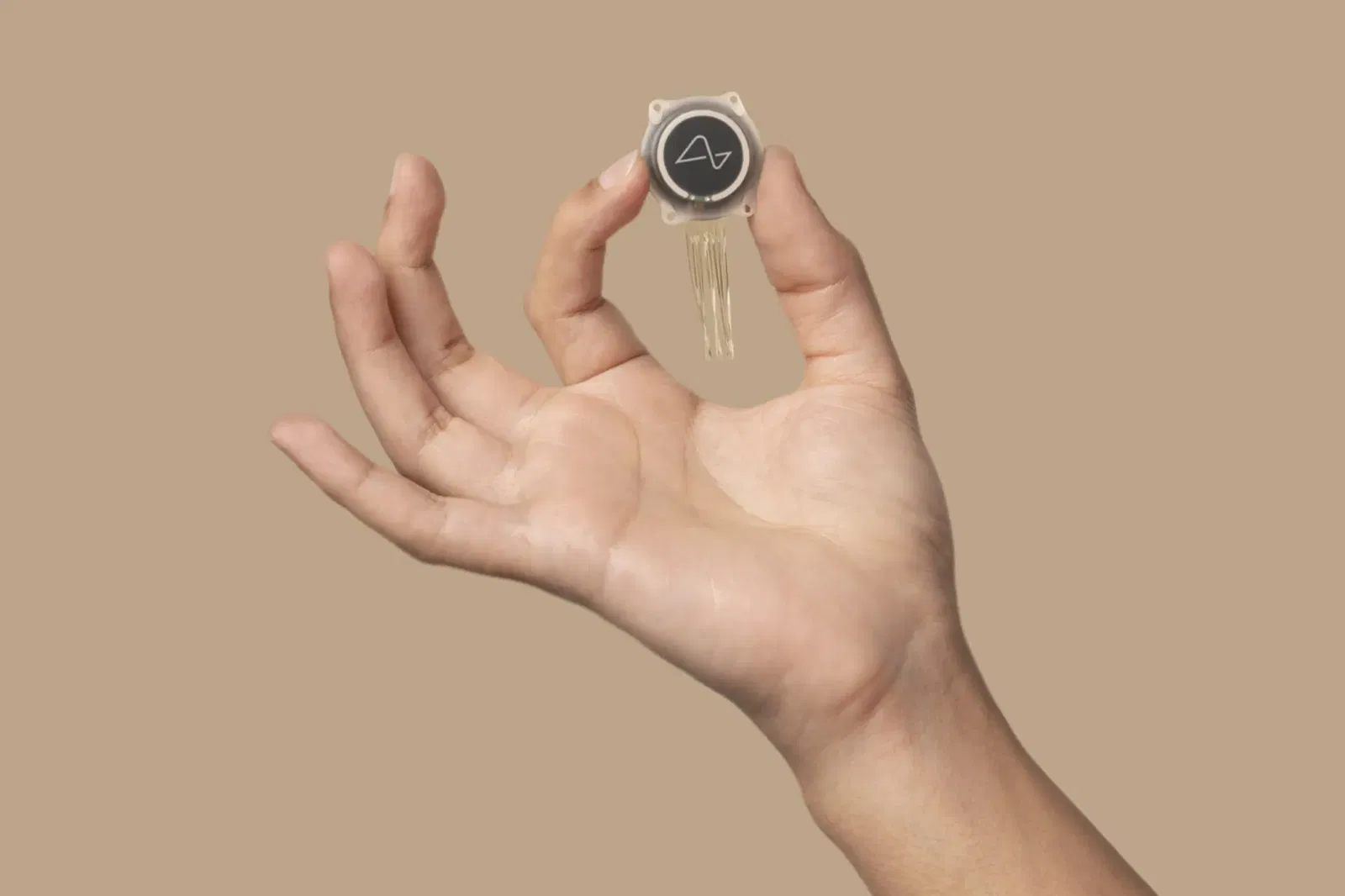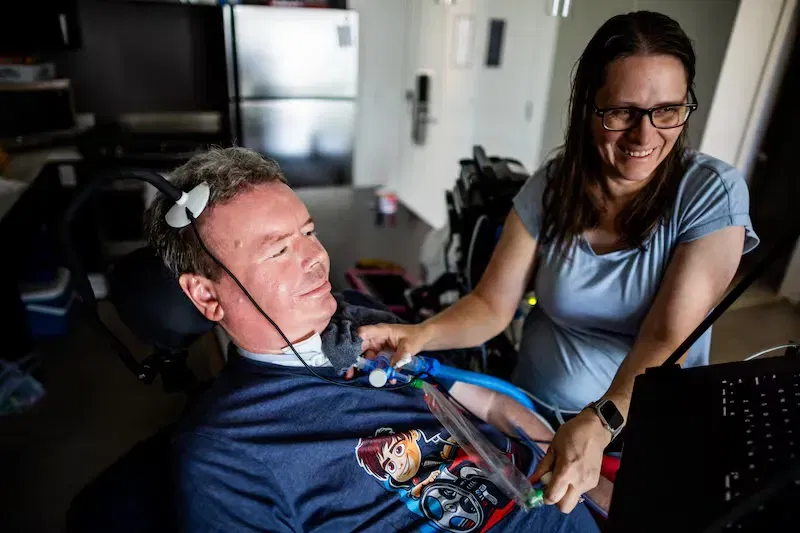Neuralink Brain Interface: Paralyzed patient edits YouTube videos and voices the text with his own voice

Bradford Smith became the third patient to be fitted with the Neuralink neurocomputer interface. This impressive technology has allowed him to edit and publish YouTube videos using only his thoughts. Smith suffers from amyotrophic lateral sclerosis (ALS), a disease in which the nerves that control muscles degenerate, resulting in the loss of the ability to move and speak. However, Smith has made significant strides that patients with similar diagnoses could not previously have dreamed of.
Last February, the first person with a Neuralink implant was able to control a mouse using only his thoughts. A month later, he was already playing chess and Civilization 6 using a brain-brain interface (BCI). These achievements were the basis for further successes: in July 2024, Alex, who had suffered a spinal cord injury, was fitted with a BCI implant. After a month of adaptation, he was able to use CAD applications to build a special charger for a 3D printer and play Counter-Strike 2 with his teammates.

In one video, Smith described his experience with a BCI: it’s a small cylindrical device about the size of five quarters with thin electrode strands. The implantation was done by a robot, minimizing the risk of damage to blood vessels. The device connects to the MacBook Pro via Bluetooth and processes neural data from its brain.
Smith noted that Neuralink is connected to his motor cortex, allowing it to read only the intended movements – not thoughts or words. He initially tried to control the cursor with hand movements, but the system didn’t respond properly. After analyzing it, the engineers found that tongue movement was a more efficient way to control the cursor. Bradford explained that he wasn’t conscious of tongue movement in the same way that he didn’t think of hand movement when controlling a mouse. His subconscious quickly took over, and now he has no problem controlling the computer via BCI.
In addition, a third patient was able to regain his voice using AI. Bradford and his team used old video and audio recordings from before his ALS diagnosis to train the AI to synthesize speech. This allowed him to voice the videos he created, an accomplishment that would not have been possible just a year ago.
The rapid pace of development of BCI technology
The BCI technology is developing at a rapid pace, allowing patients to operate computers on their own. However, Neuralink is not the only company in this field; for example, a Chinese company is developing similar technology called Neucyber with the support of the Beijing government. Authorities have even started working on a plan to standardize BCI technology to facilitate collaboration between different companies.
Advances in BCI are helping paralyzed patients regain control of their lives and use computers without assistance. As this technology continues to advance, perhaps we can see a future in which ALS and other serious illnesses are no longer a lifelong limitation for those who suffer from them.
And as this technology continues to evolve, we may see a future in which ALS and other serious illnesses are no longer a lifelong limitation for those who suffer from them.
The article Neuralink Brain Interface: Paralyzed Patient Edits YouTube Videos and Voices Text with His Own Voice was first published on ITZine.ru.








